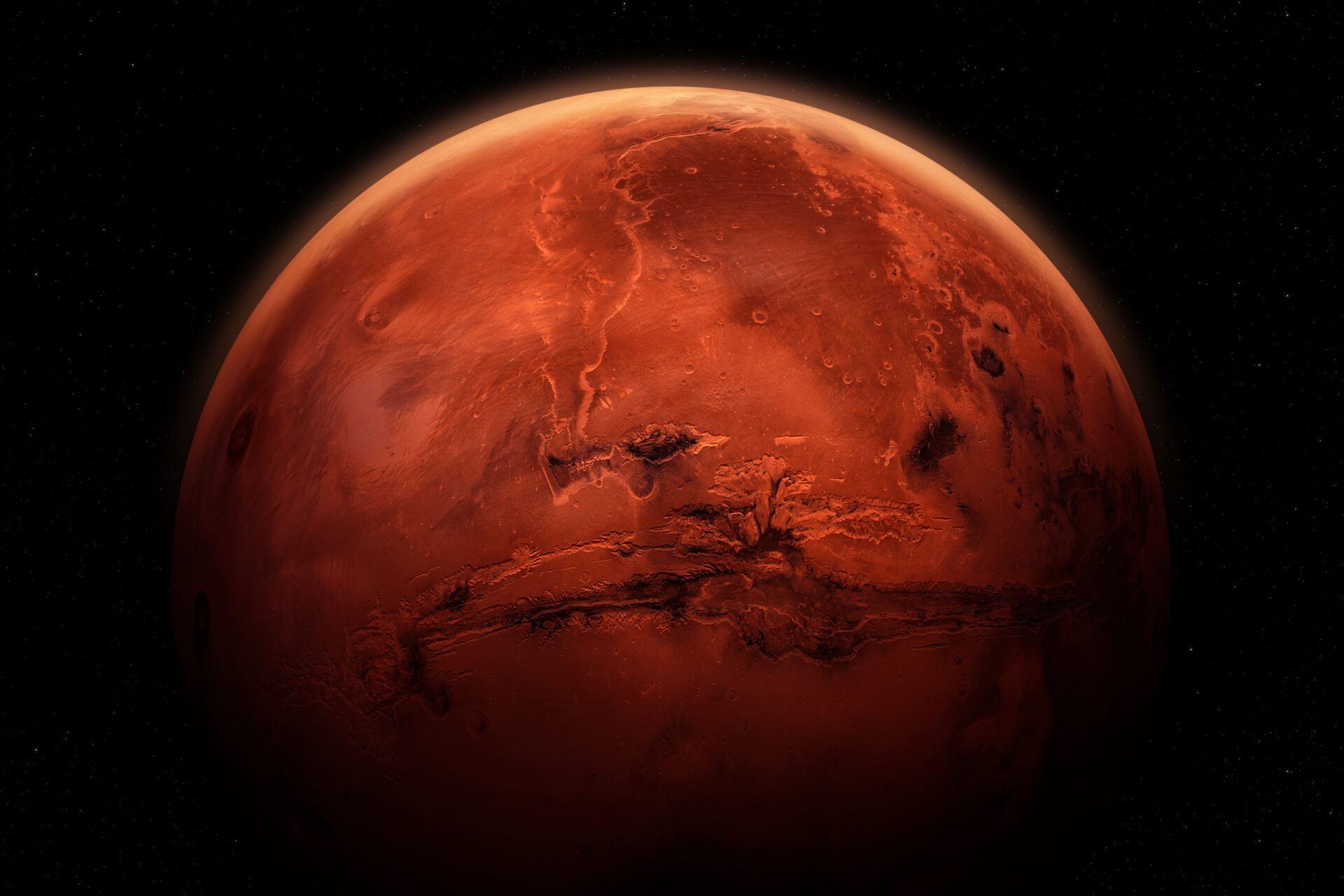
The STUNNING SURPRISE at the Core of Mars!
Scientists analyzing data from NASA’s InSight lander have discovered that Mars has a previously unanticipated solid inner core, approximately 600 km in diameter.
At a Glance
- InSight’s seismic measurements indicate the presence of a solid mass around 600 km (~373 miles) across at the center of Mars.
- This contradicts earlier models suggesting a fully liquid core due to expected compositional and thermal conditions.
- The finding comes from seismic phase analyses that identify a clear discontinuity at the inner core boundary.
- Researchers flag that such a solid core was unexpected given Mars’s presumed high core temperature and light-element composition.
Surprise Beneath the Surface
A Solid Heart Where None Was Expected
NASA’s InSight lander, active between 2018 and 2022, transmitted over four years of seismic data before its mission ended. Analysis reveals a compact, solid inner core measuring roughly 600 km across—reflected in seismic wave behaviors that diverge noticeably from liquid-only models.
Watch now: NASA’s InSight Lander Unveils Mars’ Solid Core: A Game-Changing Discovery!
Early models had posited that a core rich in light elements—such as sulfur or oxygen—would remain molten at Mars’s internal temperatures. The revelation of a solid core thus defies prior expectations, suggesting either unexpected cooling or different internal chemistry.
Cracking Open Mars’s Internal Structure
Scientists used seismic data, focusing on PKKP and PKiKP wave phases—waves that pass through or reflect off the inner core boundary, respectively—to isolate a distinct seismic discontinuity. That discontinuity aligns with a boundary where waves travel faster through solid material, reinforcing the solid-core interpretation.
Based on stacking numerous small marsquake signals and applying Bayesian inversion techniques, researchers estimated the inner core radius at about 613 km (± 67 km). The magnitude and timing of the seismic reflections correspond to an inner core denser and faster than the overlying liquid core.
Rethinking Martian Evolution
The discovery prompts new questions about Mars’s thermal and magnetic past: on Earth, core crystallization helps power the geodynamo that sustains the magnetic field. Mars, with its now-absent global magnetosphere, may have crystallized its core too slowly or too weakly to sustain such a field. Alternatively, the chemical makeup and heat flow may have stifled dynamo activity despite the similar core structure.
Furthermore, a solid inner core provides new constraints on Mars’s composition, interior heat evolution, and even how its atmosphere and surface conditions have evolved over billions of years—critical data for future Mars missions and comparative planetology.


